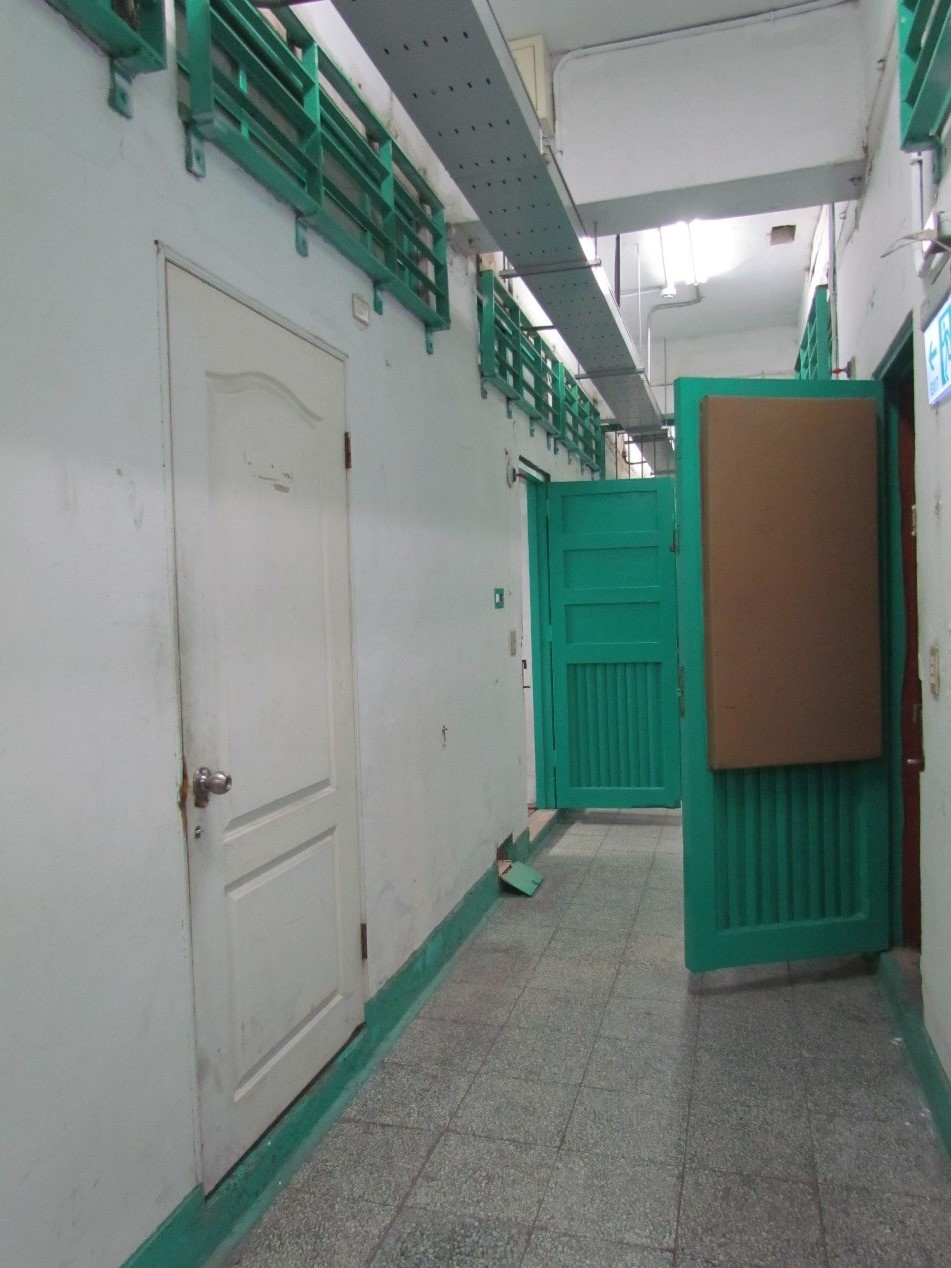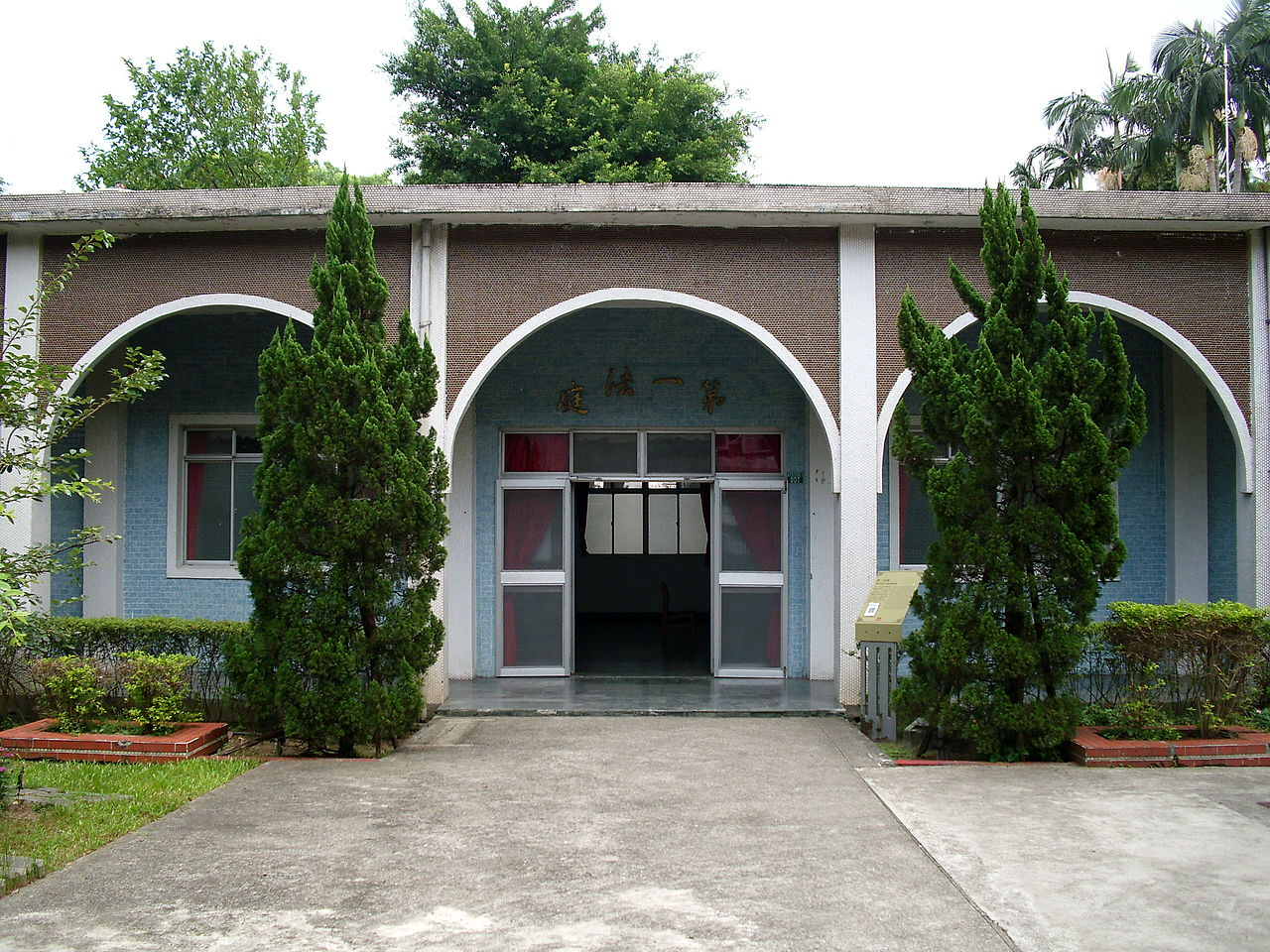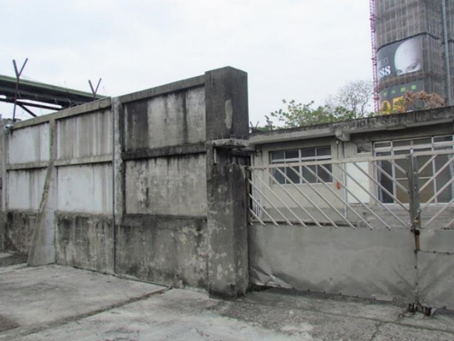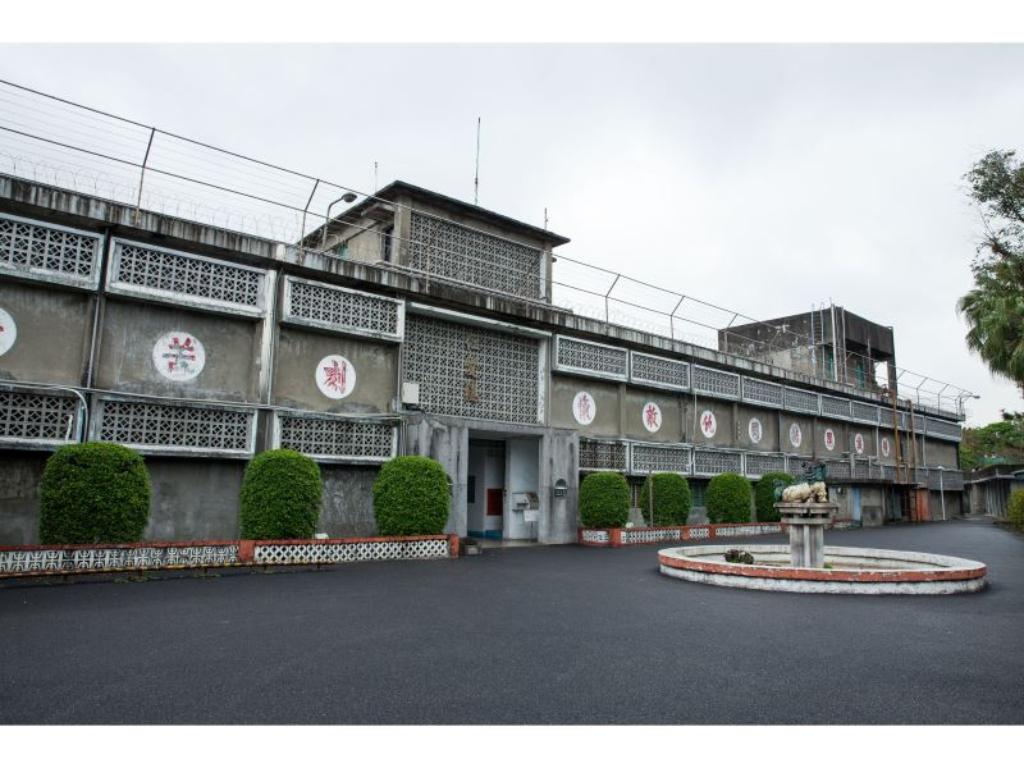From Qingdao East Road to Xindian, from campus to memorial park
The Detention Center of the Military Law Office under the Taiwan Garrison Command was established in 1949 and operated until 1992. Originally under the Taiwan Provincial Security Command, it was reorganized into the Taiwan Garrison Command in 1958. It was initially on today’s No. 3, Qingdao East Road, Taipei City (the block now surrounding Taipei Sheraton Grand Hotel), and in 1968 moved to today’s No. 131, Fuxing Road, Xindian District, New Taipei City (the old address was Ershizhang Road, Xindian Town, Taipei County, next to the Xiulang Bridge in Xindian, and is now the “Jing-Mei White Terror Memorial Park” and the “National Human Rights Museum”). To differentiate it from the old address on Qingdao East Road, the new location, situated on the boundary between Xindian and Jingmei, Taipei City, was renamed “Jingmei Detention Center,” serving as space of the Military Law Office under the Taiwan Garrison Command. During the martial law period, this site was operated for the interrogation and detention of military, political and security cases. Many political victims have served sentences here (death sentences or prison sentences), serving as a substitute prison or to temporarily detain prisoners before transferring them to Green Island or Taitung Taiyuan Prison.
Before Jingmei Detention Center moved in, the place was originally the campus of the Military Law School (founded in 1957, now the Department of Law, Management College, National Defense University) which in 1967 was moved away and merged with the Political Warfare Officers School (now known as Fu Hsing Kang College, National Defense University). In 1968, the Military Law Office of the Taiwan Garrison Command and the Military Law Bureau of the Ministry of National Defense took over the place, with the west side utilized by the former and the east side by the latter. In 1970, the Military Law Bureau of the Ministry of National Defense moved out, leaving only the courts and detention center at the site. In the early 1980s, the small-sized “Detention Center of the Military Intelligence Bureau under the Ministry of National Defense” was built on the east side of the Ren’ai Building. After Taiwan Garrison Command was dissolved on July 31, 1992, the detention centers were taken over by the Coast Guard Command.

▲ Two rows of closed-front holding cells inside Ren’ai Building. (Source: National Human Rights Museum)
Prisoners participating in the construction, a detention center in use before passing inspection
After the Military Law School had moved out in 1967, the site was transferred to the Military Law Office of the Taiwan Garrison Command for use as office building. As the Jingmei Detention Center that moved in needed more space than the original buildings of the campus had to offer, new buildings needed to be constructed. According to existing archives and victims’ testimonies, the work of planning, construction and supervision was mostly carried out by victims themselves, mainly imitating the newly-built two-story prison and detention center of the Taipei Detention Center. The newly-constructed detention center was put to use without first passing inspection. For one thing, the Detention Center of the Military Law Office and all other prison space already exceeded capacity, so the new detention center had to be used first. For another, officials of the detention center colluded with ordnances of the Ministry of National Defense on the new construction project and cut corners, so in order to avoid failing superiors’ inspections, they sent all the prisoners awaiting trial into the holding cells before the project was inspected, thereby avoiding inspection.
The “Kaohsiung Incident Trial”: a military trial held in the First Court of Jingmei Detention Center
The “Kaohsiung Incident” (also known as “Formosa Incident”) was an incident involving the anti-Kuomintang (KMT) Tangwai movement that occurred in Kaohsiung when members of Formosa Magazine initiated a demonstration on Human Rights Day on December 10, 1979, in an effort to promote and demand democracy and freedom. They were surrounded by riot police, leading to conflict between police and civilians, which resulted in the arrest and military trial of Tangwai members. This incident is regarded as a seminal event during the period of martial law, changing Taiwan’s political history. The nine-day “Kaohsiung Incident Trial” that began on March 18, 1980, took place in the “Trial Court of the Military Law Office, Taiwan Garrison Command” — the First Court of Jingmei Detention Center. Owing to the concerns of members of the United States Congress and international human rights organizations, the world was paying attention, which pressed the government to make an exception and hold open trials. The arguments of the defendants and lawyers in court were extensively reported by media, spreading ideas against martial law, against the unlimited term of members of Congress and against restrictions on political parties. This planted the seeds of Taiwan's future political reform.

▲ The exterior of the First Court where the Kaohsiung Incident Trial took place. (Source: wiki/Photo: Lai Liang-ming/Authorized by Creative Commons 4.0)
A glimpse into the Henry Liu Murder Case: Director of the Military Intelligence Bureau Wang Hsi-ling’s “Special Quarters”
The “Henry Liu Murder Case” was a case that happened on October 15, 1984, when Wang Hsi-ling, director of the Military Intelligence Bureau at the time, secretly ordered the Bamboo Union members Chen Chi-li, Chang An-le and Wu Dun to kill the American-emigrated writer Henry Liu (known by his pen name Chiang Nan), who wrote the unauthorized Chiang Ching-kuo Biography. From 1985 to 1991, to detain Director of the Military Intelligence Bureau Wang Hsi-ling who had planned the Henry Liu Murder Case, “special quarters” were built in the Detention Center of the Military Intelligence Bureau (on the right-hand side of the entrance of today’s park). Separated from the detention center surrounded by walls one-and-a-half-man high, the single-story house was well-equipped with a garden, a guestroom, a living room, a study and bedrooms where he could live with his family.

▲ Exterior of Wang Hsi-ling’s Special Quarters. (Source: National Human Rights Museum)
From violating human rights to never forgetting: the establishment of the National Human Rights Museum
In 1999, the military court was revised to a district system, and departments including the Northern District Military Court, the Northern District Military Court Prosecution Bureau, the High Military Court, the High Military Court Prosecution Bureau, the Supreme Military Court and the Supreme Military Court Prosecution Bureau were all stationed in the area (generally called the Xindian Fu Hsing Camp of the National Armed Forces), and the Coast Guard Detention Center was then changed into the Detention Center of the Northern District Military Court Prosecution Bureau. In 2002, the Council for Cultural Affairs of the Executive Yuan registered the camp as historical buildings and planned to preserve it as a human rights memorial park. The “National Human Rights Museum” was established in the park area on March 15, 2018, and the opening ceremony of the “Jing-Mei White Terror Memorial Park” was held on May 18 of the same year. After such a long and drawn-out time, this place has finally been transformed from one of terror itself into one where victims can be commemorated.









